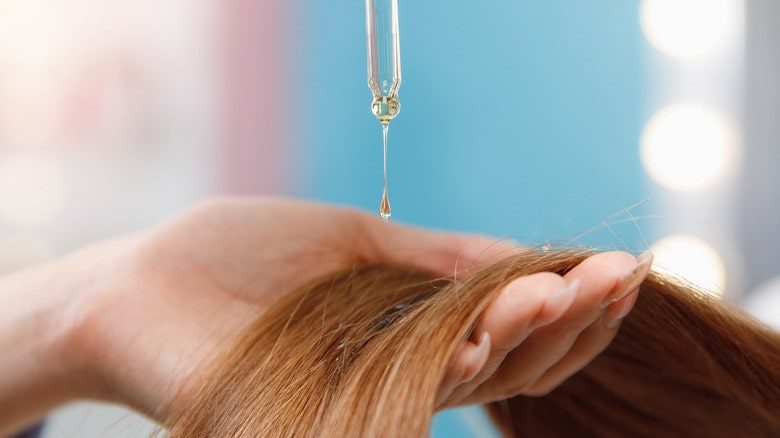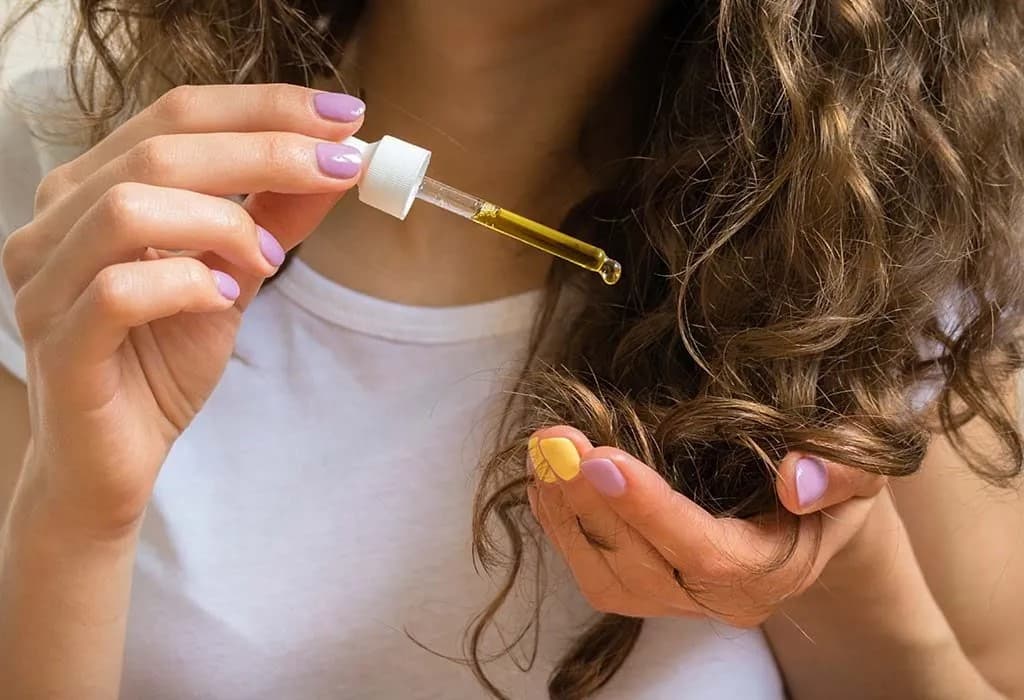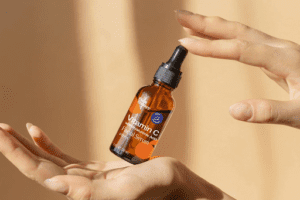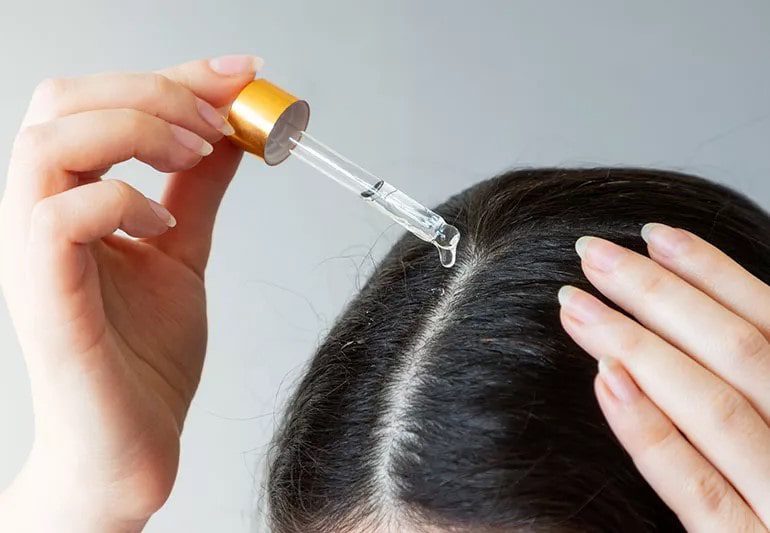Ever wonder what happens to your hair after you grease it? Like me, you’ve undoubtedly heard a ton of advice and suggestions regarding the finest hair care regimens. Hair oiling is one custom that has endured over time in many civilizations. What exactly does hair oil accomplish, though, and how often should I apply it to get the most out of it? I’ll delve into the intriguing world of hair oiling, go over its many advantages, and offer helpful tips on implementing this age-old custom into your hair care regimen in this extensive guide.
The Origins and Cultural Significance of Hair Oiling
Hair oiling is a custom with profound cultural and historical roots, not just a fad in cosmetics. Natural oils have been used to strengthen and nourish hair by civilizations ranging from ancient India to the Mediterranean. According to Ayurvedic tradition, hair oiling is necessary to keep hair and scalp healthy, encourage relaxation, and even improve mental clarity.
These cultures frequently practice hair oiling as a family tradition that is passed down through the years. Mothers impart to their daughters the knowledge of choosing the appropriate oils, how to massage, and the importance of this practice for general health. Comprehending the cultural importance of hair oiling enhances one’s admiration for this ancient custom.
What Does Hair Oil Do?

Hair oiling provides a multitude of benefits, making it a cornerstone of hair care routines worldwide. Here’s a closer look at what hair oil does:
- Hydrates and Nourishes: Essential nutrients, vitamins, and fatty acids that deeply permeate the hair shaft and scalp are abundant in hair oils. Rich hydration is provided by oils like coconut, amla, and argan oil, which seal in moisture and ward off dryness. This nourishing food aids in maintaining healthy, lustrous, and silky hair.
- Fortifies Hair: Hair oil strengthens hair from the roots to the tips when applied regularly. Proteins and vitamins found in oils aid in hair restoration, minimize breakage, and stop split ends. The integrity of the hair and growth are greatly aided by this strengthening impact.
- Encourages Hair Growth: The act of massaging oil into the scalp has the potential to improve the supply of nutrients to the hair follicles by stimulating blood circulation. This improved blood flow promotes hair development and keeps the area around the scalp healthy. Some oils are especially well-known for encouraging hair growth, such as castor oil.
- Reduce Scalp and Dandruff Problems: Regular oiling of the scalp can help effectively control disorders like dandruff, which are dry and flaky. Tea tree oil is one oil that has antifungal and antibacterial qualities that can help soothe an inflamed scalp and lessen dandruff. Dandruff is frequently caused by dryness, which is avoided by the moisturizing action.
- Improves Handleability and Texture of Hair: Your hair’s manageability and texture can be greatly enhanced by oiling it. Hair oils’ conditioning qualities help to reduce frizz and make hair easier to comb through and style by smoothing the cuticle. This is especially useful for people with wavy or curly hair since it creates a natural sheen and helps define curls.
- Prevents Damage: The protective layer that hair oils form around the hair shaft shields it from harmful environmental elements like pollution, UV radiation, and inclement weather. Additionally, they guard against heat-related harm from styling appliances like straighteners and blow dryers. Hair oils assist in preserving the health of the hair and averting additional damage by creating this barrier.
How Often Should I Oil My Hair?

The type of hair you have, the health of your scalp, your lifestyle, and your tastes all influence how often you should oil your hair. You can use the following general principles to determine how often to oil your hair:
-
Hair Type and Texture
Oily Hair: You should consider oiling your hair once a week or even less frequently if you have oily hair. Your hair may get greasy and heavy due to over-oiling. Try to use lighter oils, such as grapeseed or jojoba, as these are less prone to cause oiliness or clog pores.
Dry Hair: Oiling your hair two to three times a week can help give it the moisture and nutrition it needs. For deeply nourishing dry hair, heavier oils are great, such as olive or coconut oil.
Normal Hair: Oiling your hair once or twice a week should be plenty to keep it healthy and shiny if it’s neither too dry nor too oily. To determine which oil works best for you, you can try different ones.
-
Scalp Condition
Dry Scalp: Oiling your hair more frequently, perhaps two to three times a week, will help relieve dryness and minimize dandruff if you have a dry or flaky scalp. Particularly helpful are oils like tea tree oil or almond oil that have hydrating and calming qualities.
Oily Scalp: Oiling the scalp once a week or even twice a week is advised for people who have an oily scalp. To avoid being overly greasy, try not to apply too much oil directly to the scalp. Instead, pay attention to the mid-lengths and ends of your hair.
-
Lifestyle and Environment
Active Lifestyle: You might need to oil your hair more frequently to preserve and feed it if you have an active lifestyle and constantly expose it to perspiration, pollutants, or bad weather. Reversing the effects of environmental stresses can be achieved by oiling two to three times per week.
Sedentary Lifestyle: Oiling your hair once or twice a week should be enough to keep it healthy for people who lead more sedentary lives.
-
Personal Preference
The frequency of hair oiling is ultimately a matter of personal preference. Take note of the needs of your hair and scalp and make the necessary adjustments. Up the frequency if your hair seems brittle and dry. Lower the frequency if it feels heavy or greasy. Achieving optimal results requires striking the correct balance.
How to Oil Your Hair: A Step-by-Step Guide

To maximize the benefits of hair oiling, it’s essential to follow the right technique. Here’s a step-by-step guide to help you oil your hair effectively:
Step 1: Choose the Right Oil
It’s important to choose the correct oil for your hair type and problems. Here are a few well-liked choices:
- Coconut Oil: Suitable for all hair types, coconut oil deeply conditions and strengthens hair by penetrating the hair shaft.
- Amla Oil: Packed with antioxidants and vitamin C, amla oil lessens dandruff and encourages hair development.
- Argan Oil: Rich in lipids that hydrate and nourish hair, argan oil enhances the look and feel of hair.
- Jojoba Oil: This oil balances oil production and hydrates the scalp, making it ideal for greasy hair.
- Castor Oil: Known for strengthening and thickening hair, castor oil promotes hair development.
Step 2: Warm the Oil
Applying the oil somewhat warms it up so that it can more fully penetrate the scalp and hair shaft. Transfer the required quantity of oil into a bowl and either use a double boiler method or zap it in the microwave for a few seconds.
Step 3: Section Your Hair
Divide your hair into manageable sections to ensure even application. This is especially important for those with thick or long hair.
Step 4: Apply the Oil to Your Scalp
Apply a light circular massage with your fingertips on your scalp. This aids in the oil’s distribution and increases blood flow, which encourages the development of hair and relaxation.
Step 5: Apply the Oil to Your Hair
Concentrating on the ends of your hair, work the oil throughout its length. To properly apply the oil and untangle any knots, use a wide-tooth comb.
Step 6: Let the Oil Sit
Give the oil in your hair at least half an hour to settle. You can leave it on overnight for more thorough conditioning. Use a towel or shower cap to cover your hair to stop oil from getting on your pillowcase.
Step 7: Rinse and Shampoo
To get rid of the oil, thoroughly wash your hair using a mild shampoo. To make sure that all of the oil is removed, you might need to shampoo twice. If necessary, use a conditioner after.
Step 8: Dry and Style
After washing, pat your hair dry with a soft towel and either air dry it or style it as normal. Steer clear of using too much heat as this can counteract the benefits of the oil treatment.
Read Also:
Transform Your Hair with Veganic Hair Oiling
Conclusion
Hair oiling is a traditional method that has many advantages, including strengthening, encouraging hair growth, and providing nourishment and moisture. Knowing your hair type, scalp health, and lifestyle will help you figure out how often to oil your hair. Adding hair oiling to your routine can improve the health and beauty of your hair, regardless of whether you go for classic oils like coconut and amla or more contemporary options like argan and jojoba. Accept this age-old practice to enjoy the calming and revitalizing effects it has on your scalp and general well-being as well as softer, glossier, and easier-to-manage hair.







